International Journal of Engineering Research in Africa Vol. 49
The global use of natural gas is growing quickly, and this is attributed primarily to its environmental advantage over fossil fuels such as crude oil and coal. This natural gas is usually flared in refineries because extra charges would be incurred in collecting and processing it. A country flares about 800 million standard cubic feet (Mmscf) of gas per day, from approximately 144 gas flare points across the nation, losing a huge amount of money per annum. A liquefied natural gas plant has converted about 5.58 trillion cubic feet (Tcf) of associated gas to exports as liquefied natural gas and natural gas liquids (NGLs), thus helping to reduce gas flaring from upstream companies. Natural gas liquids (NGLs) are major contributors to this economic benefit through petrochemical feedstock for industrial purposes, fuel for residential, commercial and agricultural applications, in addition to using other products as propellant, refrigerant and gasoline blending. To contribute to the technology of natural gas liquid system, in this work, a fractionation system has been modelled and simulated using Aspen HYSYS to determine the status of processes involved and the compositions of the NGLs. The results obtained revealed that each of methane, ethane, propane, iso-butane and n-butane could be successfully separated with high purity from natural gas feed stream. Also, it was observed from the validation carried out on the developed model of the system, which was ascertained by its operations that were in line with the theoretical principles of separation involved in the plant, that it can be used for further analyses of the system.
{{comment.content}}
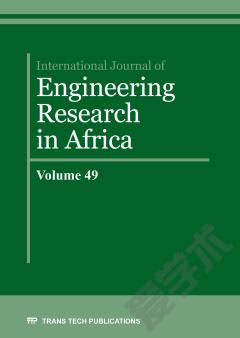
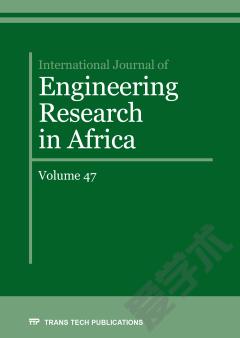
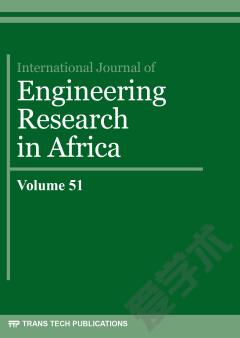
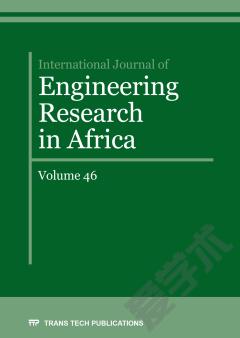


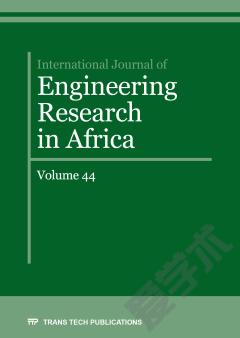

 京公网安备 11010802027623号
京公网安备 11010802027623号